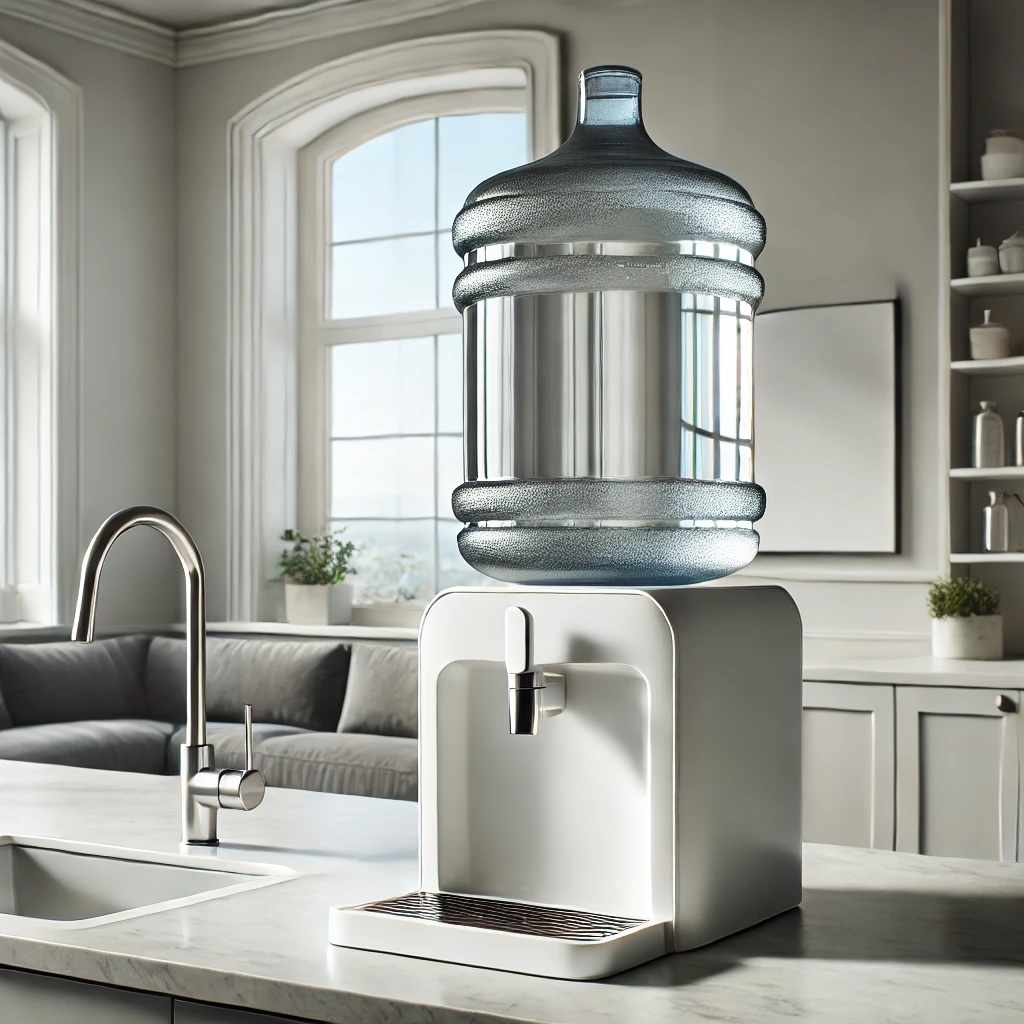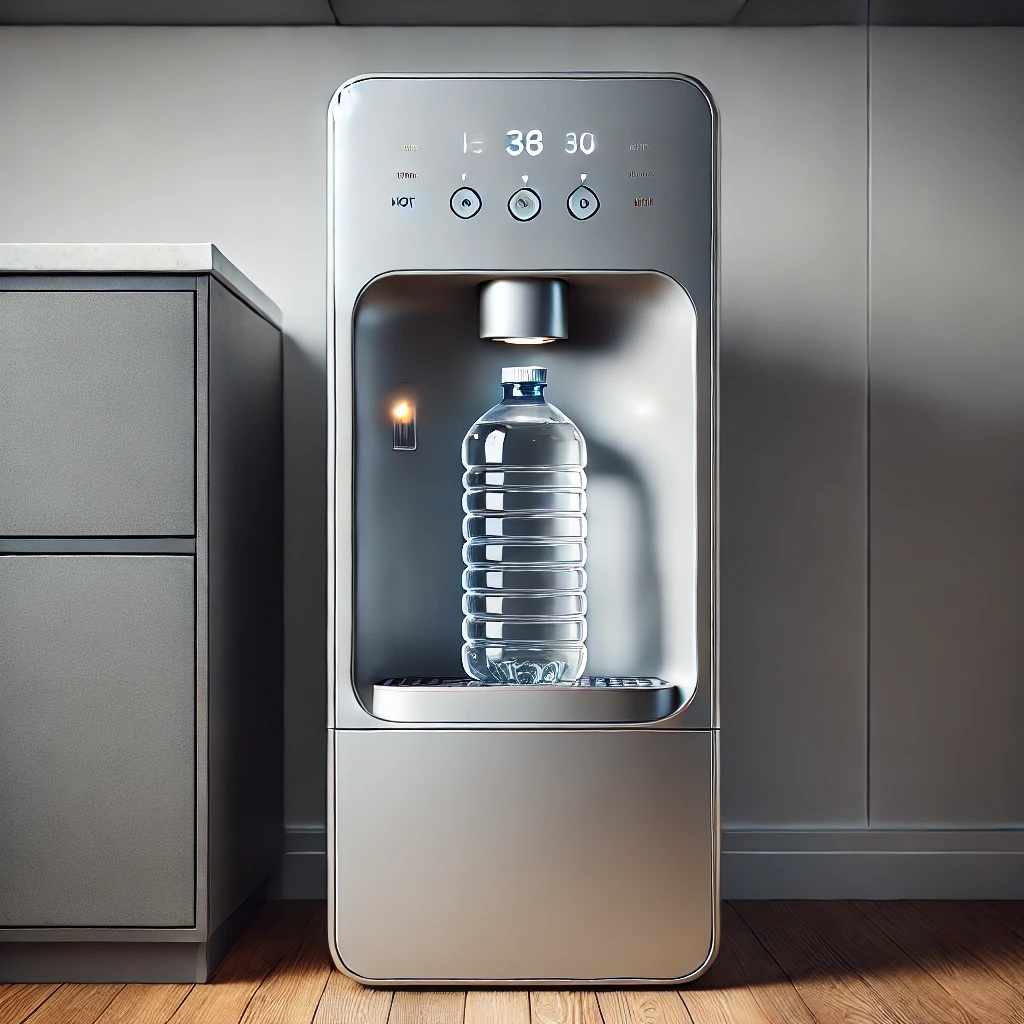
As someone who values both health and convenience, I’ve often found myself weighing the options when it comes to choosing the right water dispenser. In today’s fast-paced world—whether at home or in the office—having safe, clean drinking water readily available is more than just a perk, it’s a necessity. Within the bottled water delivery industry, water dispensers are not just appliances; they’re a lifestyle choice that directly impacts hydration habits, wellness, and everyday convenience.
In this guide, I’ll break down the most common types of water dispensers, highlight their benefits, and help you decide which option fits your health goals, household needs, or office environment.
Why Should I Consider a Water Dispenser?
If you’re health-conscious, chances are you already pay attention to the quality of the water you drink. A water dispenser ensures you have access to filtered, clean, and temperature-controlled water on demand. For home users, it makes hydration easier for kids and adults alike. For offices, it eliminates the need for employees to stockpile bottled water, while also promoting eco-friendly practices.
By partnering with a bottled water delivery service, you also gain the convenience of regular refills without the hassle of frequent store trips.
What Are the Different Types of Water Dispensers?
Water dispensers come in several types, each designed to meet unique lifestyle or workplace needs. Let’s look at the most popular ones available in the bottled water delivery industry.
1. Top-Loading Water Dispensers
This is the traditional design most people are familiar with. The water bottle is placed upside down on top of the dispenser.
Best for: Homes and small offices
Pros: Easy to see when the bottle is empty, reliable, and affordable
Cons: Lifting the bottle can be heavy for some users
2. Bottom-Loading Water Dispensers
Here, the bottle is hidden in a cabinet below, with a pump system pulling water upward.
Best for: Offices or households that prefer a cleaner look
Pros: No heavy lifting above shoulder level, sleeker design
Cons: Slightly more expensive, requires a pump system
3. Countertop Water Dispensers
These compact units sit directly on your counter, using smaller bottles.
Best for: Apartments, dorms, or small kitchens
Pros: Saves space, convenient for single users or small families
Cons: Lower capacity, frequent refills needed
4. Freestanding Water Coolers with Hot & Cold Functions
A step up in versatility, these dispensers provide both chilled and hot water instantly.
Best for: Offices and families who enjoy tea, coffee, or instant meals
Pros: Multi-functional, boosts hydration and beverage options
Cons: Higher energy consumption
5. Bottleless Water Dispensers (Point-of-Use)
Instead of relying on bottled delivery, these connect directly to your water line and include built-in filters.
Best for: Large offices or eco-conscious households
Pros: Unlimited supply, cost-effective long-term, eco-friendly
Cons: Requires installation, not portable
Which Type of Dispenser Is Right for Me?
Choosing the right dispenser depends on your priorities:
If convenience is key: Bottom-loading or countertop dispensers reduce strain and fit into smaller spaces.
If you want cost savings and sustainability: A bottleless dispenser might be your best investment.
If you love variety: A hot & cold dispenser adds flexibility for drinks beyond water.
If you prefer simplicity: A traditional top-loading dispenser still gets the job done reliably.
Personally, when I’m at the office, I love having a hot & cold dispenser because it keeps the team hydrated and makes coffee breaks seamless. At home, though, a bottom-loading dispenser has been a lifesaver—especially when I don’t want to worry about lifting heavy bottles.
How Do Water Dispensers Support a Healthier Lifestyle?
For health-conscious consumers, water dispensers encourage better hydration by making water more accessible and appealing. Instead of reaching for sugary drinks, having chilled, purified water on demand becomes a natural habit. In offices, a dispenser signals that employee wellness is a priority—encouraging staff to drink more water throughout the day, which can boost focus and energy.
How Does the Bottled Water Delivery Service Fit In?
The bottled water delivery industry makes managing your dispenser effortless. Regular deliveries mean you never run out, and many services offer flexible scheduling. Some even collect and recycle empty bottles, reducing waste and supporting eco-friendly practices.
For me, this combination of health benefits + convenience + sustainability is what makes water dispensers such a smart choice.
FAQs on Choosing the Right Water Dispenser
1. How often should I clean my water dispenser?
Most experts recommend cleaning every 6–12 weeks to ensure water quality and hygiene.
2. Do water dispensers filter the water?
Bottleless dispensers usually include filtration, while bottled units rely on the purity of the delivered water.
3. Can I use tap water in my dispenser?
Not in bottled dispensers. For bottleless systems, tap water is filtered directly.
4. Are dispensers energy-efficient?
Many models include energy-saving features. Bottom-loading and hot/cold units use more power but also offer greater convenience.
5. What size bottle works best?
Standard dispensers use 3- or 5-gallon bottles, while countertop units may require smaller bottles.
6. How do I know if a dispenser is child-safe?
Look for child-lock features, especially on hot water spouts.
7. Is bottled delivery better than DIY refills?
Yes—delivery saves time, ensures consistent water quality, and often includes eco-friendly recycling.
8. Can dispensers improve workplace productivity?
Absolutely. Hydration is directly linked to better concentration, reduced fatigue, and overall wellness.
9. How long does a dispenser typically last?
Most models last 5–7 years with proper care.
10. What’s the most budget-friendly option?
Top-loading dispensers are usually the most affordable, while bottleless units save money over time.








Write a comment ...